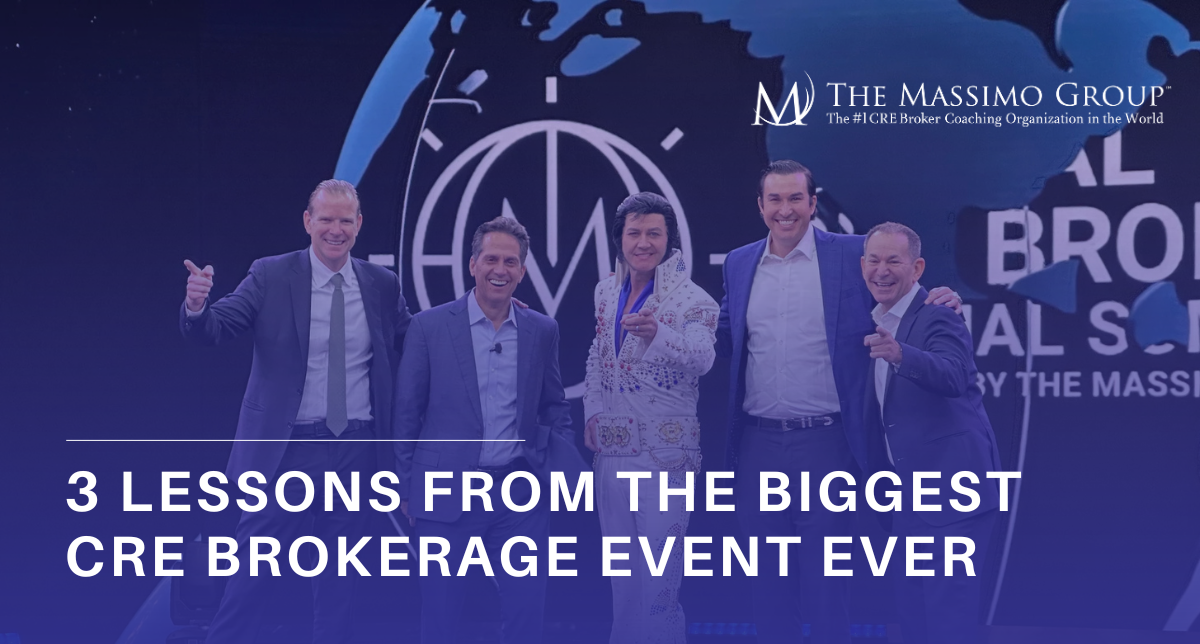To accelerate the growth of your real estate operations you might consider acquisitions. It’s not hard. After you have identified a potential target firm, contacted the acquisition target, exchanged the Confidentiality Agreement, sent the Corporate Profile information on your company, and received the preliminary information from the target company, you’re now ready for the first personal visit with the principals of the target. This visit has five primary objectives:
- Assess the target’s business and operations
- Determine the owners’ short and long-term objectives for the company
- Determine the owners’ objectives for themselves
- Gather additional information,
- Discuss an acquisition price, calculation method, and transaction structure.
For this initial discussion, I always compile a question checklist based on the company’s services and markets. This checklist usually includes 40 to 60 items and covers the history of the company and a definition of its business. The questions continue with the target’s corporate structure, ownership, relationships important to the business, and the services it offers.
The next section in my checklist covers markets, customer profiles, geographic distribution of the company’s services, competition, and other items pertinent to its sales and marketing activities. This is followed by operational data such as the number of employees by category, key personnel, compensation levels, accounting and internal control systems, and of course, a review of the company’s past and projected financial performance. The final questions concern litigation in process, pending, or threatened; corporate strengths and weaknesses; and the contributions that the buyer can make to the seller and vice versa.
After compiling these questions I send them to the target’s principals prior to the meeting but emphasize that I don’t expect them to provide long written answers. It is better to discuss each question and take notes during the meeting. That gives the buyer a better opportunity to ask additional questions that result from the discussions.
Other than the case of a company clearly for sale, you are often selling the principals of the target on the concept of a combination with your operation. By knowing both their corporate and personal objectives, you can pattern your continuing approach and the structure of the transaction to match those objectives.
On a corporate level, those might include plans for future growth, geographic expansion, or the development of new products or services. On a personal level, the objectives might include retirement planning or a desire for a change in job description, such as the elimination of some administrative tasks that don’t contribute directly to the target’s sales or profits. In cases where the target’s owners are young, one of their objectives might be to maximize the long-term value of their equity. By using common stock as a part of the acquisition price, you can show them how a minority position in a larger company with greater resources can have greater value than 100% of a much smaller operation.
As to gathering additional evaluation information, throughout the first meeting be particularly sensitive to any item that might call for more study, jeopardize the transaction, or could result in any contingent liabilities after the acquisition closes. If there is a major impediment to having the transaction close, it’s better to resolve it before expending more time and effort on the transaction. If the impediment is severe enough, it might even be better to terminate further consideration.
And finally, of course, the seller will want some indication of a possible purchase price. Although it would be premature to establish or even estimate a price during the first meeting, you can discuss how the price might be calculated and how the payments might be structured. By matching the components of the purchase price with the objectives of the individual sellers, you can often establish a lower price or one with a lower net present value than by using simple cash and note payments.
The first meeting gives you an excellent opportunity to more fully evaluate the target company, its management team, and its fit with your organization, business plans, and corporate objectives. Plan for that meeting well in advance, understand the various objectives of the meeting, and make sure they are all met. That meeting should give you enough information to prepare a preliminary proposal and subsequent Letter of Intent.





